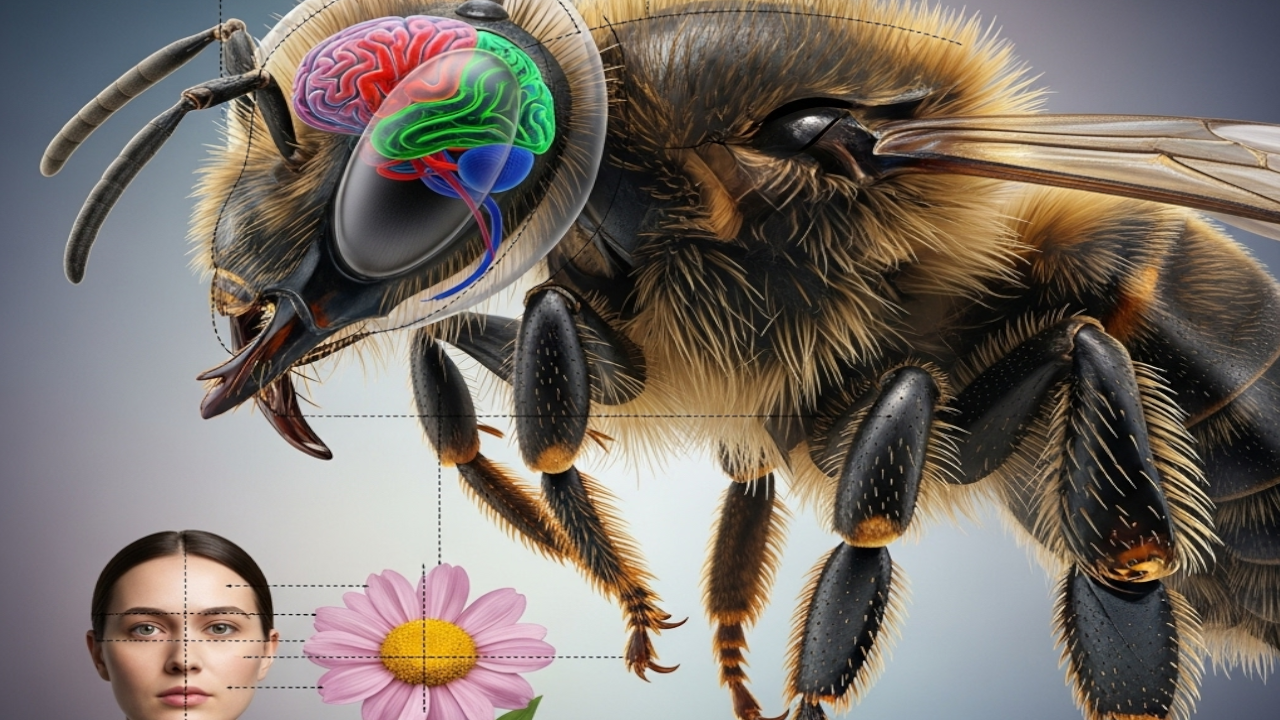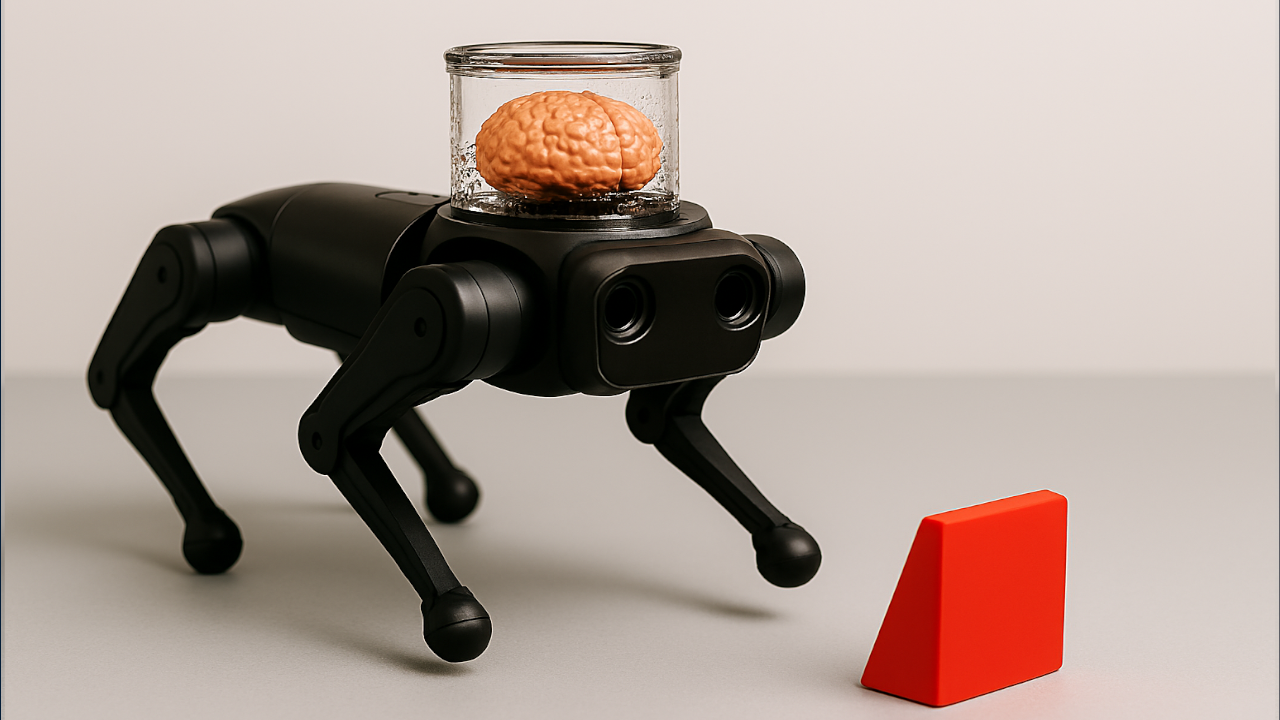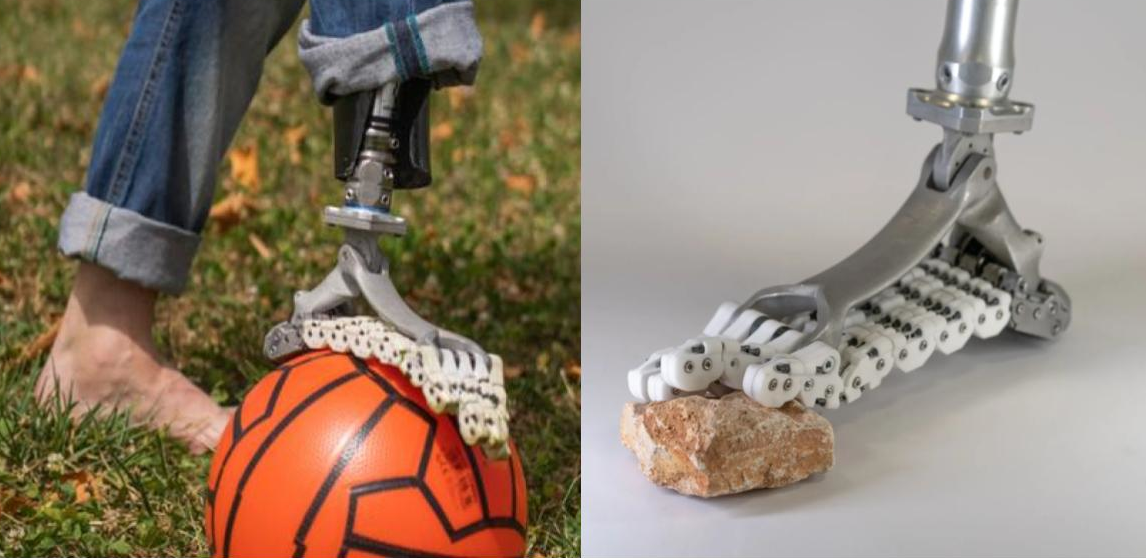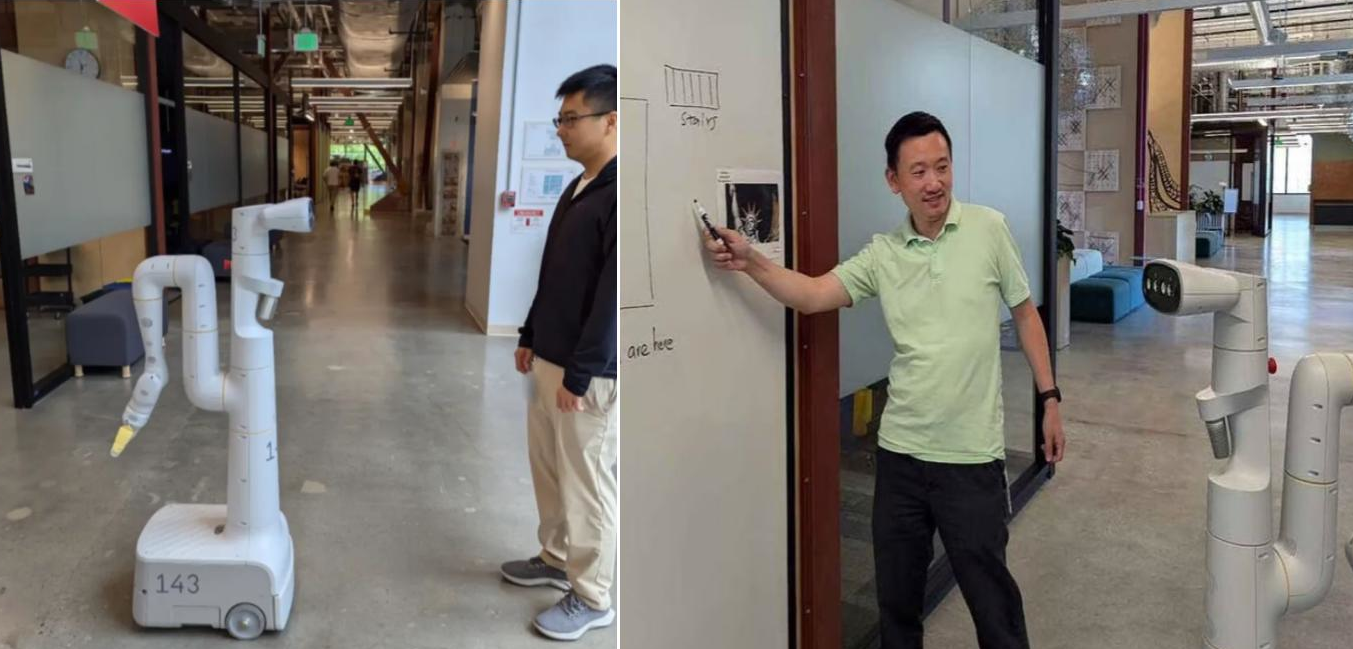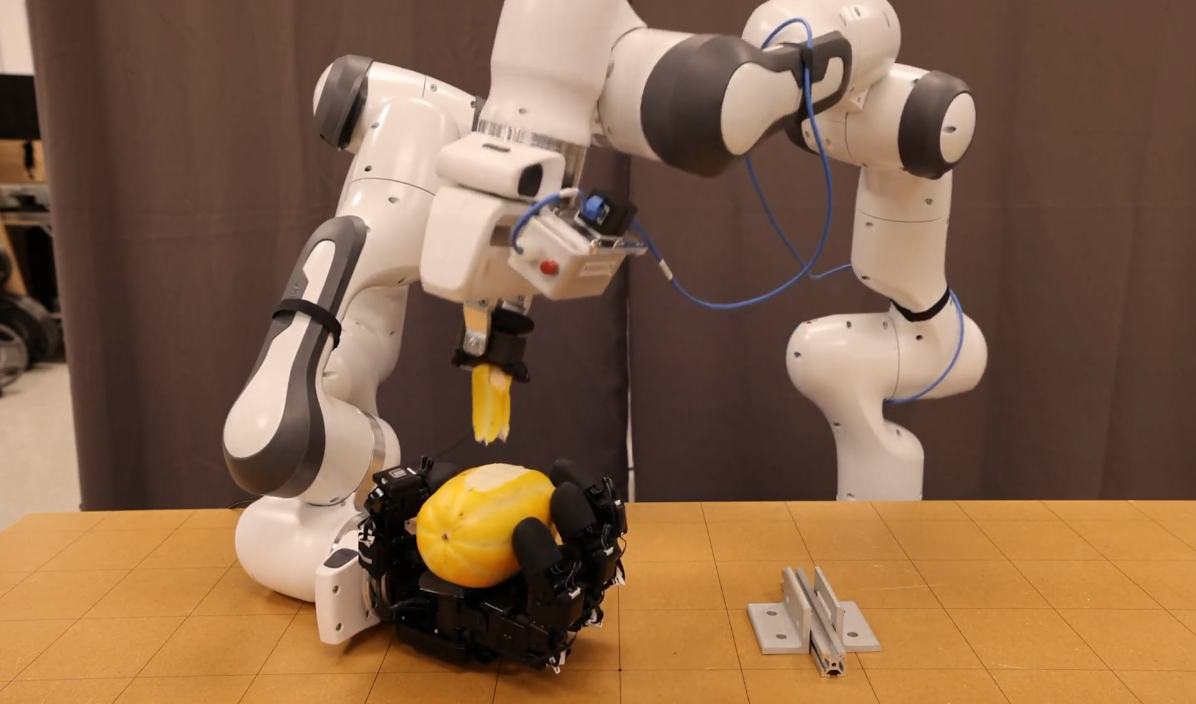Just as Neuralink and similar companies aim to enable humans to control robotic devices by reading brain signals, researchers at Cornell University and the University of Florence have managed to make a fungus control two small robots, one with spider-like legs and the other with wheels.
Fungal roots contain a branched network of filaments called mycelium, which functions somewhat like the neural networks in the human brain. It transmits electrical signals in response to environmental stimuli such as temperature, humidity, and light.
The researchers cultivated these fungal networks in a laboratory and designed a Neuralink-like interface. The interface can capture the electrical signals passing through the fungus. These signals are then processed and converted into digital commands to control the robot’s movements.
The researchers placed this fungus on a small, spider-like robot, creating a hybrid bio-robot, part machine and part living tissue. The living part receives stimuli from the environment, and the robot responds to these stimuli with movement.
Initially, the researchers used only ultraviolet light as an external stimulus, given the response of the fungus used (King Oyster mushroom). They studied the electrical signals it emitted when exposed to the light and then built a model that could convert the signals into motor commands for the host robot.
The spider robot was able to crawl in different ways depending on the changing signals, while the wheeled robot could change its speed and direction. Of course, the robots’ movements reflect what the researchers want the signals to do; the fungus does not voluntarily control the robot, unlike Neuralink users.

The researchers used fungi because their ultimate goal is to create a hybrid bio-robot where the living tissue, like the fungus, can survive when deployed in various environments. This tissue would then sense external stimulus like temperature, humidity, light, and other stimuli, and the robot would respond accordingly.
These hybrid bio-robots could find applications in agriculture and soil and crop monitoring, sensing changes and taking appropriate actions.
Although the robot could easily carry temperature, humidity, and light sensors instead of the fungal network to perform the same task, developing this hybrid bio-robot is a significant step in creating robots that respond in an organic and more intuitive way to external environmental stimuli, including unknown stimuli that we may not have sensors to detect.
The researchers published their findings and accompanying videos in the Journal of Robotics Science.

